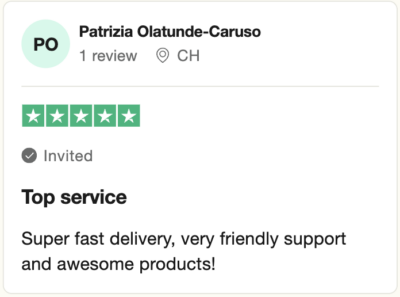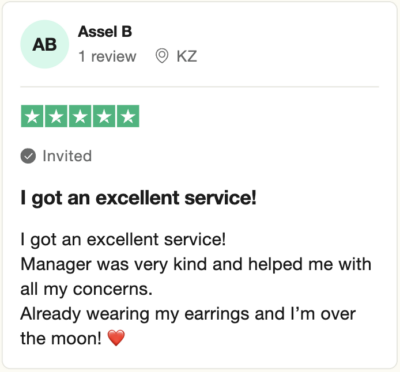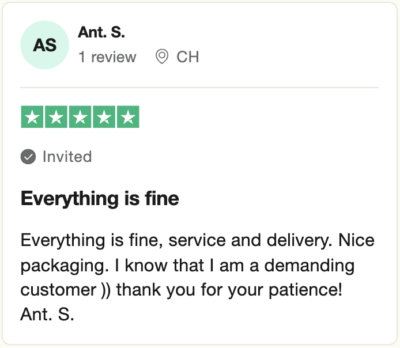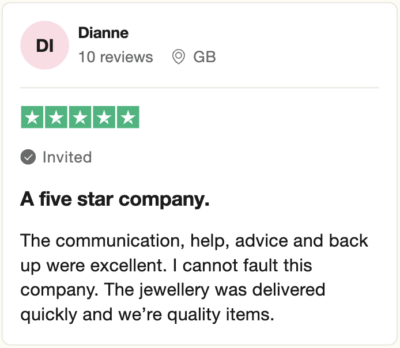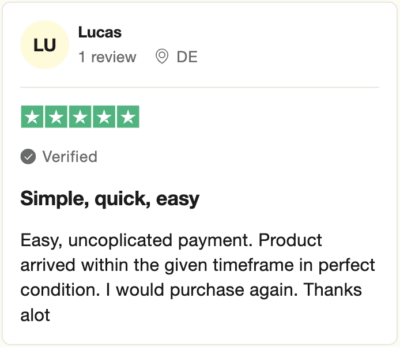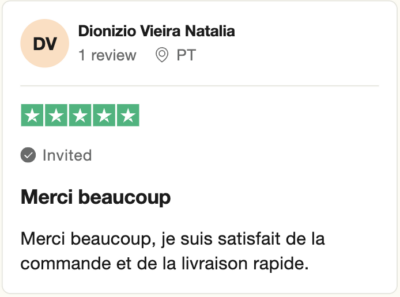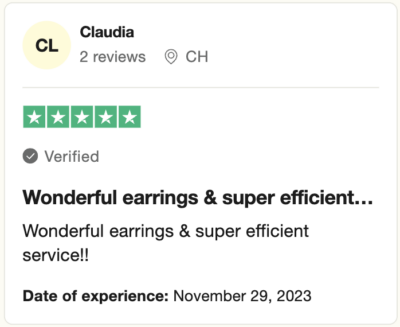South Seas Pearls – the Most Expensive Cultivated Pearls
Pearls from the South Seas are by far the most expensive in the world. A single pearl of top quality costs from $2,000 to several tens of thousands of dollars. Of all the pearls of rich golden colour, it is the pearls of the South Seas that will cost more than the others. What does it look like, where is it cultivated and why is it the most expensive of all popular pearls today?

Let’s start with the main thing. Where does the name come from and what does it mean? Kokichi Mikimoto and his colleagues called all pearls grown south of Japan South Seas pearls. And yes, South Seas pearls today are specifically cultured pearls, because natural production in these regions has long since ceased (and in some places has been banned).
What are the pearls of the South Seas?
They are divided by shape, colour and size. For example, by shape there are round pearls, drops, coloured pearls, baroque or circle (with grooves).
In terms of colour, there are white, white-pink, white-blue, cream, champagne and golden pearls with a bright golden hue.
The key distinguishing feature of these pearls is their considerable size. Sea pearls produce only four species of oysters. The largest of these is the Pinktada Maxima. The size of this oyster is staggering. The oyster grows to 30 centimetres in a few years, which is why it is possible to produce large pearls. The size of the pearl produced ranges from 9 to 25 millimetres, with an average size of 12-16 millimetres: And this is larger than any Akoya pearl. Larger pearls are extremely rare and exclusive, so they are most often sold in jewellery at private auctions.

There are two types of this oyster: Silver-lipped and Gold-lipped. So they are named after the inside of the shell, the colour of the pearls produced ranges from white and silver-pink to cream, champagne and gold. Oysters are capable of being cultured a maximum of three times. Then the viable ones are released back into the ocean. Others are used in the production of cosmetics. The golden-lipped clam produces 70% cream and gold pearls and 10-30% white pearls. The Silver-liped produces 90% silver-white pearls and 10% cream and gold coloured pearls.
In addition to their large size, silver-liped pearls often have a satin lustre and an elusive luminescence called orient. And this glow changes depending on the angle of light.
Where are South Seas pearls produced?
Modern pearl cultivation is mainly centered in north-western Australia, on the island of Palawan in the Philippines and in various parts of Indonesia.
To get cultured South Seas pearls, many companies grow oysters directly on their farms. This guarantees the harvest. After two years in transition from the so-called nursery, the oysters are ready to plant primary material. More often than not, this is an excellent quality new ball and some mantle material from another oyster. The oysters that produce the pearls of the southern seas are incapable of living in seas other than their native warm seas, and so the centres of pearling are the shores of Australia, the Philippines, Myanmar and Indonesia, i.e. the warm waters of the Indian and Pacific Oceans.
The purity of the water for tens of kilometres, the absence of impurities and hard fishing play a key role in reclamation. Therefore, the preservation of ecology in these places is in the first place. Speaking of which, for example, the Australian farms of the famous Paspaley company even have psychologists working with employees. After all, a careful attitude to their work is key. And oysters are a living organism.
What affects the price of South Seas pearls
Once harvested, pearls are sorted and graded based on five factors: lustre, surface purity, shape, colour, and size.
Lustre is the most important factor of value. It is the change in the quantity and quality of light reflecting off the surface of the pearl or just beneath the surface. It is what gives pearls their magical glow and sometimes the coveted play of light called orient.
The purity of the surface, often referred to as complexion. Of course, pearls with a perfectly flawless surface are incredibly rare. Accordingly, the number, location and degree of defects will affect the value of a single pearl.
Shape. While pearls are traditionally thought of as round, perfectly round pearls are actually the exception rather than the rule. The shape of a pearl affects its value, but is not an indicator of quality. Shapes other than round are very common and include drop, oval and button, and baroque pearls. The last of which has no axis of symmetry.
Colour, the colour of South Sea pearls is broken down into two parts main and overtones. The primary is the predominant colour of pearls. And the overtone is the secondary colour, which often changes under different lighting conditions. Colour does not always influence value as it is a very personal preference. That said, the intensity of the colour or overtone can have a very significant impact on the value of a pearl.
Size. Cultured pearls are usually measured in millimetres, as is the shape. The size of a pearl is not an indicator of quality. However, all other parameters being equal, the larger the pearl, the more valuable.
Why are South Seas pearls so valuable?
South Sea pearls are by far the most expensive pearls in the world. Depending on their quality, a pearl costs from $2,000 to several tens of thousands of dollars. Of all the pearls of rich golden colour, it is the pearls of the South Seas that will cost more than the others.
A necklace made of golden South Sea pearls by Paspaley was sold at a Sotheby’s auction for $2,300,000 in 1992.
What makes these South Seas pearls so unique? First of all, it is worth mentioning the layer of nacre, as it can reach a thickness of six millimetres. For example, in comparison, the Akoya sea pearl is only 0.7 millimetres thick.
In addition, the pearl of the southern seas has good preservation due to this thickness of nacre nothing happens to the pearl.
The rarity of this pearl is also worth mentioning. Cultivation, limited by natural conditions, does not allow the production of a large number of pearls. Hence their great value and cost.
Then, of course, there is the cultivation period. To get a pearl from the southern seas, you first need to spend two years cultivating a suitable oyster. Then another two to four years to cultivate the pearl itself. At the same time, no one guarantees the result, so it is very difficult to cultivate a very costly production.
To date, there are no pearls that can surpass the pearls of the southern seas. That is why it is a dream come true for many people to own jewellery with such pearls.
And some answers to the most popular questions about South Sea pearls.
Question 1: What is the best colour of South Sea pearl?
There is no best colour for South Sea pearls. All its shades have their admirers. But the degree of colour saturation already plays a role in shaping the price. The most expensive (with all other factors being equal, such as lustre, size and surface quality) are snow-white and deep gold. For the last 4-5 years, South Sea pearls of rich golden colour have been in steady demand from the PRC jewellery market, which has led to an increase in their value by 2.5-3 times compared to white South Sea pearls.
Question 2: What is the difference between Akoya and South Sea pearls?
Akoya pearls are smaller and come from the Akoya oyster, mostly from Japan, China, and Vietnam. South Sea pearls are larger, from the Pinctada maxima oyster, found in Australia, Indonesia, and the Philippines. South Sea pearls are more expensive due to their size and rarity.
Question 3: What is the difference between South Sea pearls and freshwater?
South Sea pearls come from saltwater oysters, are larger, more expensive, and have a thicker nacre. Freshwater pearls come from freshwater mussels, are smaller, more affordable, and have a thinner nacre. So classic gold studs with freshwater pearls cost 120-600 dollars (depending on the quality parameters of the stone), and the same earrings with pearls from the southern seas – 700-4000 dollars.



